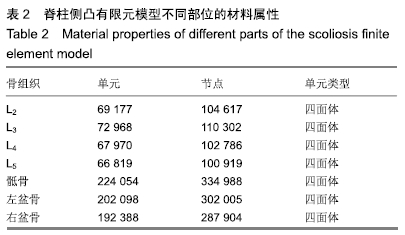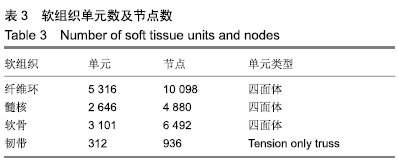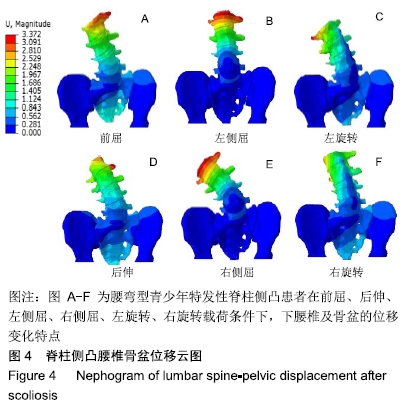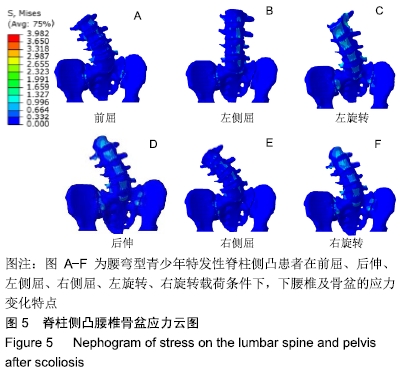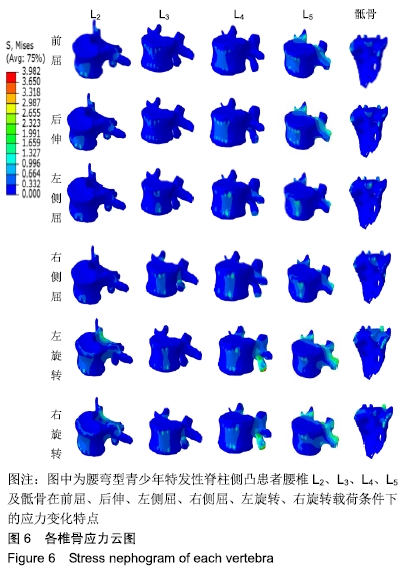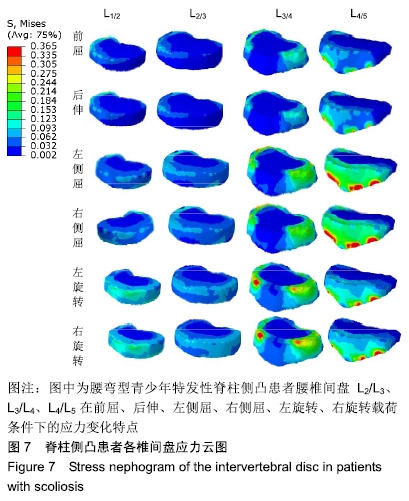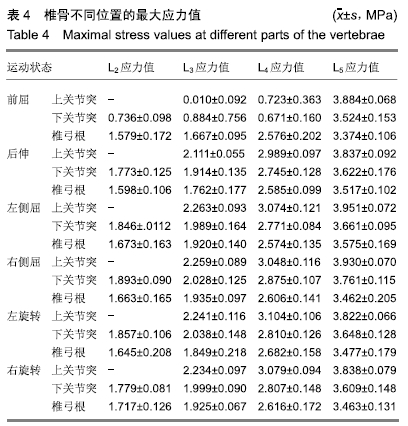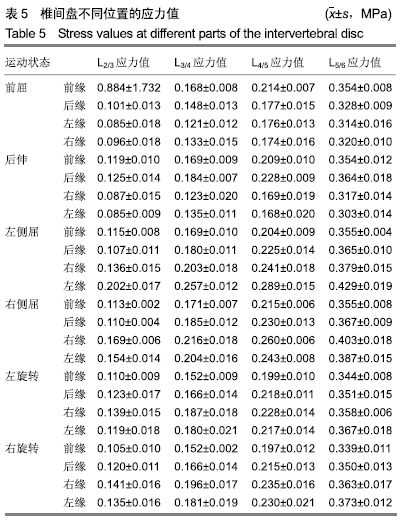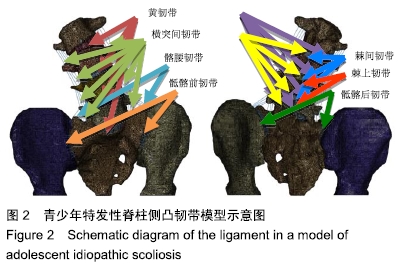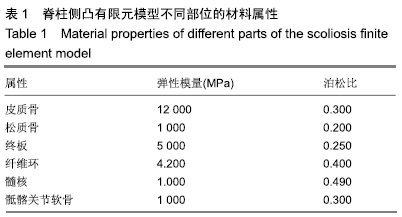[1] KALICHMAN L, KENDELKER L, BEZALEL T.Bmcing and exercisebased treatment for idiopathic scoIiosis. J Bodyw Mov Thel. 2016;20(1):56-64.
[2] LO YF, HUANG YC. Bracing in adolescent idiopathic scoliosis. Hu Li Za Zhi. 2017; 64(2): 117-123.
[3] 周璇,杜青,梁菊萍,等.脊柱侧凸特定运动疗法治疗轻度青少年特发性脊柱侧凸患者的疗效观察[J].中华物理医学与康复杂志,2016,38(12):927-932.
[4] SKIBINSKA I, TOMASZEWSKI M, ANDRNSIEWICZ M, et al. Expression of estrogen receptor coactivator proline-,glutamic acid-and leucine-rich protein l within paraspinal muscles in adolescents with idiopathic scoliosis.Phs One. 2016;11(4): e0152286.
[5] ZAPATA KA, WANG-PRICE SS, SUCATO DJ, et al. Uhrasonographie measurements of paraspinal muscle thickness in adolescent idiopathic scoliosis:a comparison and reliability study.Pediatr Phys Ther. 2015; 27(2):119-125.
[6] YAGI M, MACHIDA M, ASAZUMA T. Pathogenesis of adolescent idiopathic scoliosis. JBJS Rev. 2014;2(1). pii: 01874474-201401000-00004.
[7] STOKES IA. Mechanical effects on skeletal growth. J Musculoskelet Neuronal Interact.2002;2(3):277-280.
[8] NODA M, SAEQUSA Y, TAKAHASHI M, et al. Biomechanical study using the finite element method of internal fixation in Pauwels type vertical femoral neck fractrues. Arch Trauma Res. 2015;4(3): e23167.
[9] LI J, ZHAO X, HU X, et al. A theoretical analysis and finite element simulation of fixator-bone system stiffness on healing progression. J Appl Biomater Funct Mater. 2018;16(3): 115-125.
[10] CHEUNG JPY, YIU KKL, VIDYADHARA S. Predictability of supine radiographs for determining in-brace correction for adolescent idiopathic scoliosis. Spine (Phila Pa 1976). 2018;43(14):971-976.
[11] GOEL VK,KONG W,HAN JS,et al. A combined finite element and optimization investigation of lumbar spine mechanics with and without muscles. Spine. 1993;18(11):1531-1541.
[12] 闫家智,吴志宏,徐日新,等.腰椎后路单节段椎弓根螺钉内固定的三维有限元分析[J].中华医学杂志,2009,89(1):7-11.
[13] POLIKEIT A, FERGUSON SJ, NOLTE LP, et al. Factors influencing stresses in the lumbar spine after the insertion of intervertebral cages:finite element analysis. Eur Spine J. 2003;12(4):413-420.
[14] SYLVESTRE PL, VILLEMURE I, AUBIN CE. Finite element modeling of the growth plate in a detailed spine model. Med Biol Eng Comput. 2007;45(10):977-988.
[15] JIN XZ, HOMAEI E, MATINLINNA JP, et al. A mew concept and finite-element study on dental bond sreength test. Dent Mater. 2016; 32(10):e238-250.
[16] HETH JA, HITCHON PW, GOEL VK, et al. A biomechanical comparison between anterior and transverse interbody fusion cages. Spine. 2001;26(12):e261-e267.
[17] 晏礼,宋文慧,王春强,等.胸腰段脊柱有限元模型的建立及 其生物力学分析[J].中国临床研究,2013,26(7):629.631.
[18] PARK SK, YANG DJ, KIM JH, et al. Analysis of mechanical properties of cervical muscles in patients with cervicogenic headache.J Phys Ther Sci. 2017;29(2):332-335.
[19] 文毅,苏峰,刘肃,等.L4-5椎体有限元模型建立及退变椎间盘力学分析[J].中国组织工程研究,2019,23(8):1222-1227.
[20] ZADPOOR AA, WEINANS H. Patient-specific bone modeling and analysis: the role of integration and automation in clinical adoption. J Biomech. 2015;48(5):750-756.
[21] YUENYONGVIWAT V, IAMTHANAPORN K, HARNROONGROJ T. Radiographic manifestation of hip dislocation after total hip arthroplasty. J Med Assoc Thai. 2014;97(1):60-63.
[22] SHI D, WANG F, WANG D, et al. 3-D finite element analysis of the influence of synovial condition in sacroiliac joint on the load transmission in human pelvic system. Med Eng Phys. 2014;36(6): 745-753.
[23] GUO LX, LI R, ZHANG M. Biomechanical and fluid flowing characteristics of intervertebral disc of lumbar spine predicted by poroelastic finite element method. Acta Bioeng Biomech. 2016;18(2):19-29.
[24] IVANCIC PC. Biomechanics of thoracolumbar burst and chance- type fractures during fall from height. Global Spine J. 2014;4(3):161-168.
[25] DU CF, YANG N, GUO JC, et al.Biomechanical response of lumbar facet joints under follower preload:a finite element study. BMC Musculoskelet Disord. 2016;17(1):126.
[26] CLAESON AA, BAROCAS VH. Computer simulation of lumbar flexion shows shear of the facet capsular ligament. Spine J. 2017;17(1): 109-119.
[27] WANG L, ZHANG B, CHEN S, et al. A validated finite element analysis of facet joint stress in degenerative lumbar scoliosis. World Neurosurg. 2016;95(11):126-133.
[28] MC AP, CUNNINGHAM B, MULLINEX K, et al. Middle-Column Gap Balancing and Middle-Column Mismatch in Spinal Reconstructive Surgery. Int J Spine Surg. 2018;12(2):160-171.
[29] MCAFEE PC, EISERMAN L, CUNNINGHAM BW, et al. Middle column gap balancing to predict optimal anterior structural support and spinal height in spinal reconstructive surgery. Spine (Phila Pa 1976). 2017;42 Suppl 7:S19-S20.
[30] SUGAYA T, SAKAMOTO M, NAKAZAWA R, et al. Relationship between spinal range of motion and trunk muscle activity during trunk rotation. J Phys Ther Sci. 2016;28(2):589-595.
[31] KAKU N, HARA K, TABATA T, et al. Influence of the volume of bone defect, bone grafting methods, and hook fixation on stress on the Kerboull-type plate and screw in total hip arthroplasty: three-dimensional finite element analysis. Eur J Orthop Surg Traumatol. 2015;25(2):321-329.
[32] HUA X, WANG L, AL-HAJJAR M, et al.Experimental validation of finite element modelling of a modular metal-on-polyethylene total hip replacement. Proc Inst Mech Eng H. 2014;228(7): 682-692.
[33] LERCH M, WEIGEL N, WINDHAGEN H, et al. Finite element model of a novel short stemmed total hip arthroplasty implant developed from cross sectional CT scans. Technol Health Care. 2013;21(5):493-500.
[34] COOK D, JULIAS M, NAUMAN E. Biological variability in biomechanical engineering research: Significance and meta-analysis of current modeling practices. J Biomech. 2014;47(6):1241-1245.
[35] SANTIAGO JUNIOR JF, VERRI FR, ALMEIDA DA, et al. Finite element analysis on influence of implant surface treatments, connection and bone types. Mater Sci Eng C Mater Biol Appl. 2016;63: 292-300.
[36] 苏少亭,苏少亭,周红海,等.腰椎关节突关节的生物力学研究进展[J].中国脊柱脊髓杂志,2017,27(5):474-479.
[37] DREISCHARF M, ZANDER T, SHIRAZI-ADL A, et al. Comparison of eight published static finite element models of the intact lumbar spine: predictive power of models improves when combined together. J Biomech. 2014; 47(8):1757-1766.
[38] HATTORI-HARA E, MITSUI SN, MORI H, et al. Influence of unilateral disc displacement on stress in the contralateral joint with a normally positioned disc in human temporomandibular joint: An analytic approach using the finite element method. J Cranio Maxillofacial Surg. 2014;42(8):2018-2024.
[39] CHEN YC, TU YK, ZHUANG JY, et al. Evaluation of the parameters affecting bone temperature during drilling using a three - dimensional dynamic elastoplastic finite element model. Med Biol Eng Comput. 2017;55(11):1949-1957.
[40] WU W, CHEN C, NING J, et al. A novel anterior trans-pedicular screw artificial vertebral body system for lower cervical spine fixation: A finite element study. J Biomech Eng. 2017.
[41] MALLETT K, ARRUDA EM. Digital image correlation-aided mechanical characterization of the anteromedial and posterolateral bundles of the anterior cruciate ligament. Acta Biomaterialia. 2017;56: 44.
[42] ZADPOOR AA,WEINANS H.Patient-specific bone modeling and analysis:the role of integration and automation in clinical adoption. J Biomech. 2015;48(5): 750-756.
|

